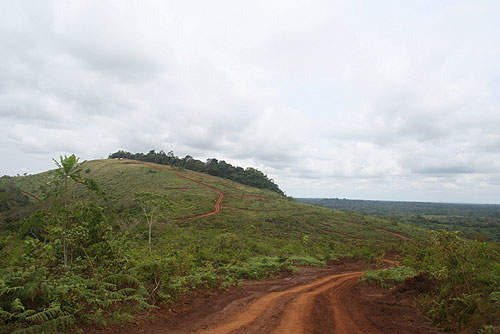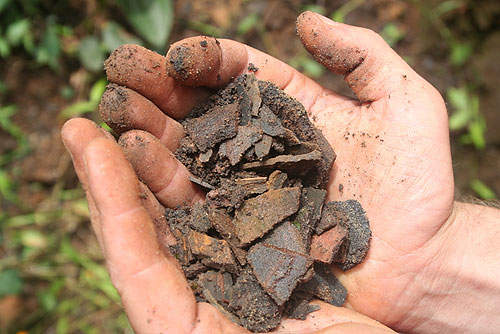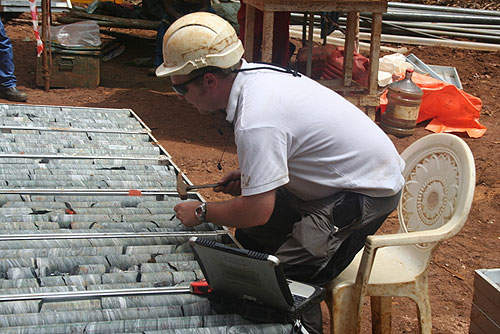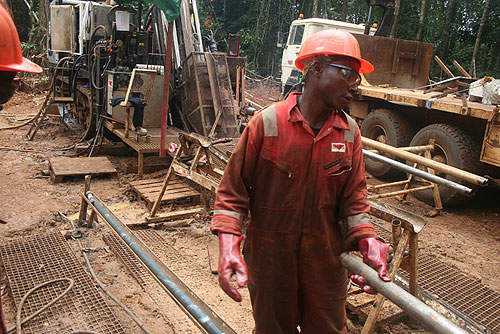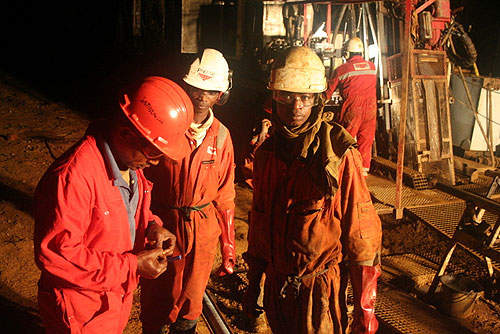The Zanaga iron ore project is located south-west of Lekoumou District in the Republic of Congo. Discovered in 1939, the project is owned by Jumelles, a subsidiary of Xstrata and Zanaga Iron Ore Company (ZIOC). Jumelles owns 100% of the project licence through its MPD Congo subsidiary.
Jumelles was originally a wholly owned subsidiary of ZIOC. On 11 February 2011, Xstrata exercised a call option to acquire 50% plus one share interest in Jumelles. In return, Xstrata has committed up to $100m to fund a bankable feasibility study that is scheduled for completion in 2013. Xstrata holds a right to acquire 100% interest in the project, three months following the completion of the study.
Xstrata had also allotted $106m to fund a two-phase pre-feasibility study, which was completed in April 2011. Phase one of this study was completed in June 2010.
Following the call option, Xstrata and ZIOC jointly started the Value Engineering Exercise (VEE) in March 2011. VEE forms the first part of a feasibility study.
The project is controlled by Xstrata at both shareholder and director level while ZIOC has limited its business to management of its interest in the project.
In February 2012, Poyry was contracted to prepare the Social and Environment Impact Assessment (SEIA) for the mine. The SEIA is expected to complete by end of 2013.
The prefeasibility study for investigating pipeline transportation of slurry was completed in June 2012. The feasibility study is expected to be completed in the first quarter of 2014.
The Zanaga project is expected to produce 45Mt of iron ore concentrate a year when it reaches peak capacity. First production is expected in the third quarter of 2016. The targeted life of the mine is 30 years.
Reserves
As of June 2012, the mine resources have been upgraded to 6.8bn tons at a grade of 32%. Of the total 47km, only 25km of the ore body has been drilled so far.
Geology
The deposit lies within a Precambrian-aged metamorphic greenstone belt in the eastern zone of the Chaillu Massif. The north-south trending belt extends over a length of 47km and measures between half a kilometre and 3km in width.
The primary lithologies hosted within the deposit include itabirite/BIF (banded iron formation) that originates from exhalative silica and sediments rich in iron oxide. The BIFs remain open at depth and have been transformed into magnetite itabirites due to a local metamorphism that has also transformed basic volcanic rock into amphibolites.
The magnetic itabirite trends north-south and is characterised by easterly dips. A 60-70m thick, haematite-dominated enrichment cap has formed due to weathering, while secondary itabirite/BIF enrichment overlies the mineralisation. Due to the formation of the haematitic enrichment cap, several types of iron-enriched lithologies have developed within the itabirites.
The sequence of mineralisation includes canga, a hard compact haematite goethite cap hosted in few areas, colluviums (COL) and weathered itabirite units. This latter group includes goethitic itabirite (ITG), friable itabirite (ITF), compact itabirite (ITC) and transitional itabirite (ITT).
Mineralisations form interbedded with amphibolites and mafic schists, within metamorphosed volcano-sedimentary itabirites. Contact between the mineralisation and the crystalline basement is characterised by faulting and shearing.
Mining and processing
The deposit will be mined using a conventional truck and shovel method. Open pit operations will involve drilling, blasting, excavating, loading and hauling.
COL, ITC and ITF will be subject to free-dig techniques. Ore will be crushed, sized and stockpiled, and then transported to a central processing plant via a series of conveyors.
Two products, including a haematite sinter product (65% iron), and a high-ferrous, predominantly magnetite concentrate (67% iron) will be treated at the processing plant. Two separate process routes will be followed.
A haematite circuit will be used to treat the COL, ITG and ITF, while an itabirite circuit will be used to process the ITC, ITT and BIF. Waste will be transported via haul trucks to the waste dumps for each pit.
Infrastructure
The processed iron ore will be linked to the proposed port site 9km north of Pointe Noire by rail infrastructure, which will be developed for the project. The proposed infrastructure will extend approximately 350km and have a capacity of 51 million wet tons. Eight trains with 136 wagons, hauled by four 4,300hp diesel locomotives, are expected to travel along the route every day. The proposed port will have capacity for 45Mt of dry export ore a year.
Exploration
Several exploration programmes were carried out at the deposit during the 1950s and the 1960s. Following the grant of an exploration licence to MPD Congo in May 2007, the company began an exploration programme to evaluate the reserve potential of the deposit and confirm the results of historical work.
Exploration work until December 2008 included a 4,758m diamond drilling programme, which indicated a strong north south-trending magnetic anomaly extending 47km, with a source in the underlying magnetic itabirite. To confirm the economic potential of the deposit, a detailed exploration programme that included an initial conceptual study and an order of magnitude study was completed in 2009. As part of these studies, ground geophysical test work was carried out.
The company undertook a larger drilling programme. By June 2010, 388 reverse circulation boreholes extending 31,482m and 80 diamond drill boreholes extending 11,224m were completed.
As of June 2012, the mine was drilled to a total depth of 176,000m.

